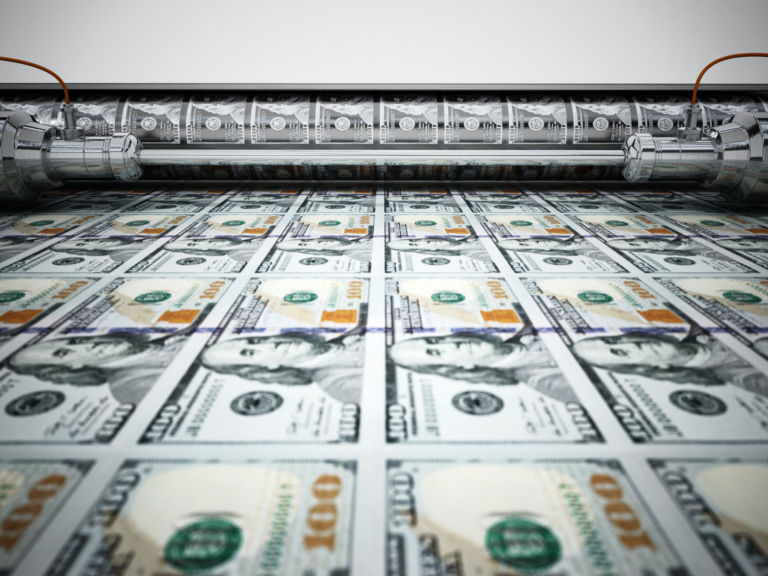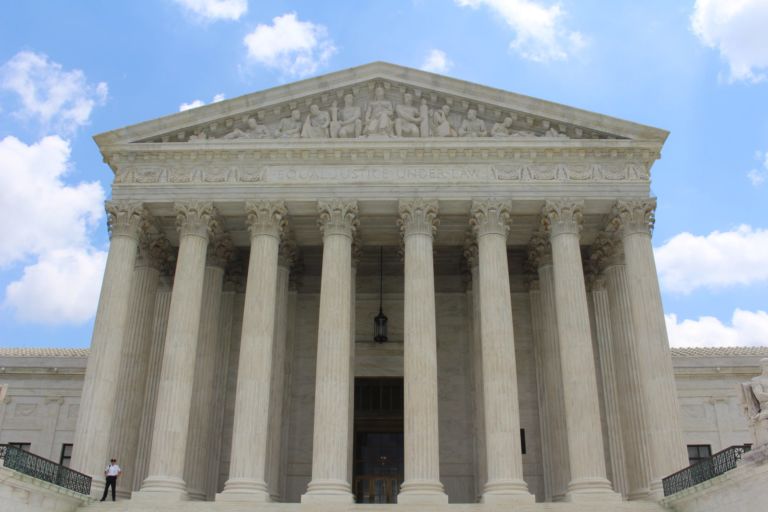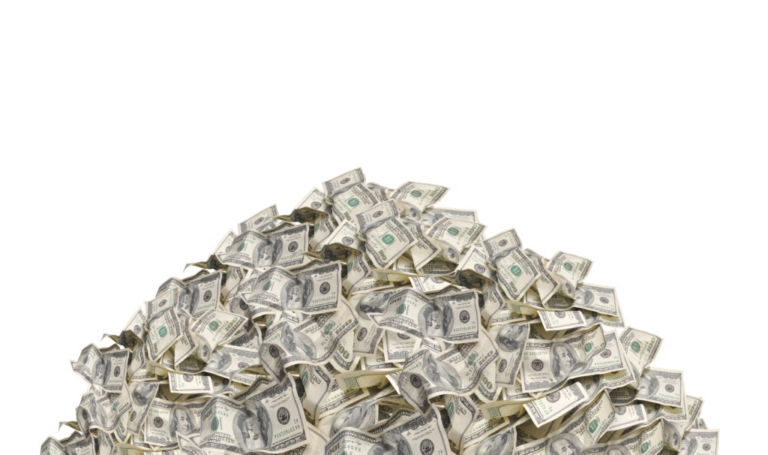Howard Husock reminds us at National Review Online that the federal tax code blocks some charitable giving.
Giving Tuesday is trying to push back against a tide that transcends appeals to individual generosity. To actually increase charitable giving, we must adjust the tax code.
Today, the overwhelming number of Americans who make charitable donations do not receive any tax advantage for doing so. As the Tax Policy Center puts it, “most low- and moderate-income taxpayers do not claim a deduction for charitable contributions, largely because most do not itemize.” Yet the TPC notes that the 90 percent of households that do not itemize make at least 40 percent of all charitable contributions. In other words, if, in the spirit of Giving Tuesday, we want to increase charitable giving, targeting that 90 percent is key.
But today, the statistics show that charitable giving is increasingly a province of the affluent. The Tax Policy Center reports, for instance, that a small group of households — the 10 percent that itemize their tax deductions — account for fully 60 percent of charitable donations.
There are, however, several options that would tweak the tax code to reward charitable giving by non-itemizers.
For instance, the Lilly School estimates that a 25 percent charitable-giving tax credit — a reduction in taxes owed whether one itemizes deductions or not — would increase giving by some $37 billion and increase the number of donor households by 10.6 million. Even just extending the charitable deduction — not a dollar-for-dollar credit — to non-itemizers would, says the Lilly School, “generate up to $26 billion in additional donations and induce up to 7.3 million additional households to donate.”


